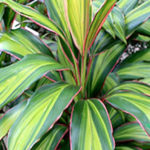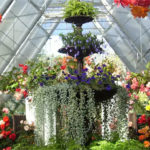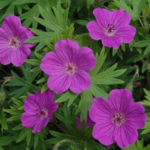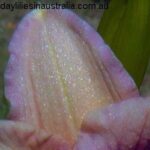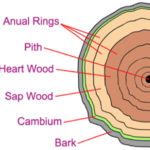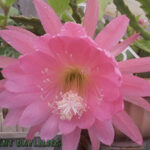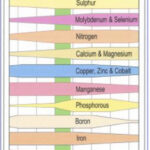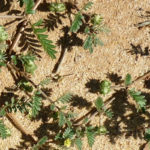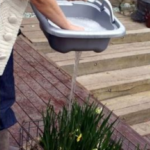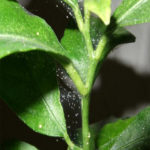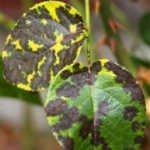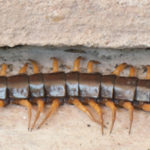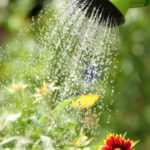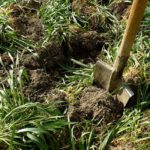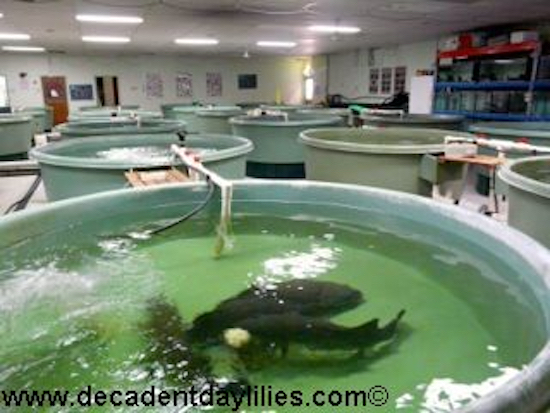
Aquaponics Gardening
Aquaponics Gardening
 Aquaponics is a combination of two farming systems which provides an innovative way to grow two sources of organic foods, fish and vegetables using the waste products from one to sustain the other. It isn’t just for large food production companies to use as a source of cheaper farming methods, it is possible for anyone to set up a system in their own backyard to ensure a regular supply of fresh organic produce.
Aquaponics is a combination of two farming systems which provides an innovative way to grow two sources of organic foods, fish and vegetables using the waste products from one to sustain the other. It isn’t just for large food production companies to use as a source of cheaper farming methods, it is possible for anyone to set up a system in their own backyard to ensure a regular supply of fresh organic produce.
The term aquaponics comes from a combination of two words, aquaculture for the raising of fish, and hydroponics for the cultivation of food crops without soil. Both systems when used on their own eventually create toxic waste water that is inevitably released into the environment. When used together the dilemma is nullified as waste from the fish and is used to feed the plants. The plants filter the toxins out of the water which would otherwise kill the fish if the toxins were allowed to build up.
Aquaponics can be made on a small or large scale depending on how much you want to produce, or how much of your backyard you want to devote to it. Some citizens in Australia don’t have the luxury of plenty of outdoor space and may need to make do with a balcony or patio. More and more people in Australia however, are discovering that their sizeable backyard can be put to good use with an aquaponics system. It’s a great way to make efficient use of the land and save on their grocery bills.
Whatever the size system, an aquaponics construction will consist of two main parts, one for the fish and one for the plants. As you are going to be eating from the system you need to make sure your plants are growing in a food grade quality container. Anything less than this and you may end up having toxic chemicals leaching into your produce. A media based grow bed can be created from coconut coir, clay balls, or perlite. The container should also be strong enough to hold all of the plants, water, and growing media.
The size of the fish tank will be determined by how much space you have available in your backyard, and whether you are raising the fish for food, or just as a mechanism for feeding the plants. If you are going to be using the fish for consumption then they will naturally be a larger species and will require more living space. Even a small system can be built using everyday goldfish and may be an excellent way to raise a small bed of herbs. As you need to have enough nutrient rich water for feeding the plants, careful consideration should be given to the ratio of aquarium area versus plant growing area. A ratio of 1:1 is a good place to start with adjustments made as you gain more experience.
As the water from the fish tank is going to be used to feed the plants, there are a variety of ways to set the plant bed up to get the nutrients from the fish tank to the roots of the plants. Three main systems have been developed which range in complexity –
Aquaponics Gardening – Flood and drain method
This is the simplest process where the plant bed is set above the fish tank. Water is pumped up from the fish tank to flood the grow beds. It is then allowed to slowly drain back through the plants towards the fish tank. The pump is on a timer and is set to work periodically. The main benefit of this system is that the roots of the plants have plenty of time to access the nutrients in the water.
Aquaponics Gardening – Continuous flow design
The fish tank water is pumped continuously into the plant bed and is allowed to flow back to the tank. Water flows back to the tank and is filtered of the nutrients the plants can use but are toxic to the fish. As the water is flowing continuously this system has the slight drawback of holding back nutrients from the plants.
Aquaponics Gardening – Sump and pump design
This is perhaps the most complex of the three systems as it requires the use of two pumps. One pump is used to distribute water to the plant bed and sump tank. The sump tank is operated by a floating valve which when triggered pumps water back to the fish tank. The advantage is that the plant roots have continuous access to nutrient rich water for maximum nutrient density.
The range of vegetable plants to grow using this method would be to try beans, broccoli, cabbage, cucumber, parsley, lettuce, kale, and even tomatoes if they are given enough support. For best results and nutrient intake, the pH of the water should be kept between 6.8 and 7.0.
Even goldfish and koi can be used in an aquaponics system if you don’t plan on making a meal out of them but the best choice for fish species as food are freshwater varieties such as, silver perch, barramundi, species of catfish and Murray cod, red fin which are lovely eating. Although Murray cod are not really suitable for aquaponics unless you have nothing better to do because Murray cod are cannibals and you have to keep grading these fish all the time so that they don’t eat each other, on the other hand being a fish farmer in Australia we think the best fish for aquaponics are silver perch scientific name – Bidyanus bidyanus these fish are a native Australian freshwater fish that are very hardy. We sell a lot of silver perch for aquaponic systems. Many enthusiasts also successfully cultivate crayfish and prawns in their aquaponics setup. Most aquaponics systems require access to light with the cheapest option being sunlight. This is not much of a problem in a country like Australia but in less favourable climates many may need an alternative light source. Lighting systems running off the domestic power supply would be a suitable but less efficient alternative. Pumps of course, also require access to electrical energy and could run off solar or the mains supply.
Because of their reliance on outside sources of energy for their operation, regular checks on the aquaponics system are needed. Plants may be able to survive for a while in a failed system but fish stock will die off quite quickly as they thrive in a somewhat more delicate ecosystem.
Food growing land is rapidly a dwindling resource, especially in countries like Australia. People are quickly learning that they need to be a part of the solution and are taking matters into their own hands by using what resources they have to grow their own nutritious food free of pesticides and chemicals. Why not do your part for the world and start developing your own aquaponics system?



